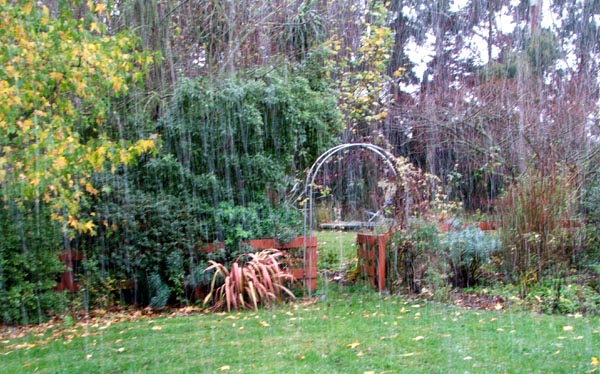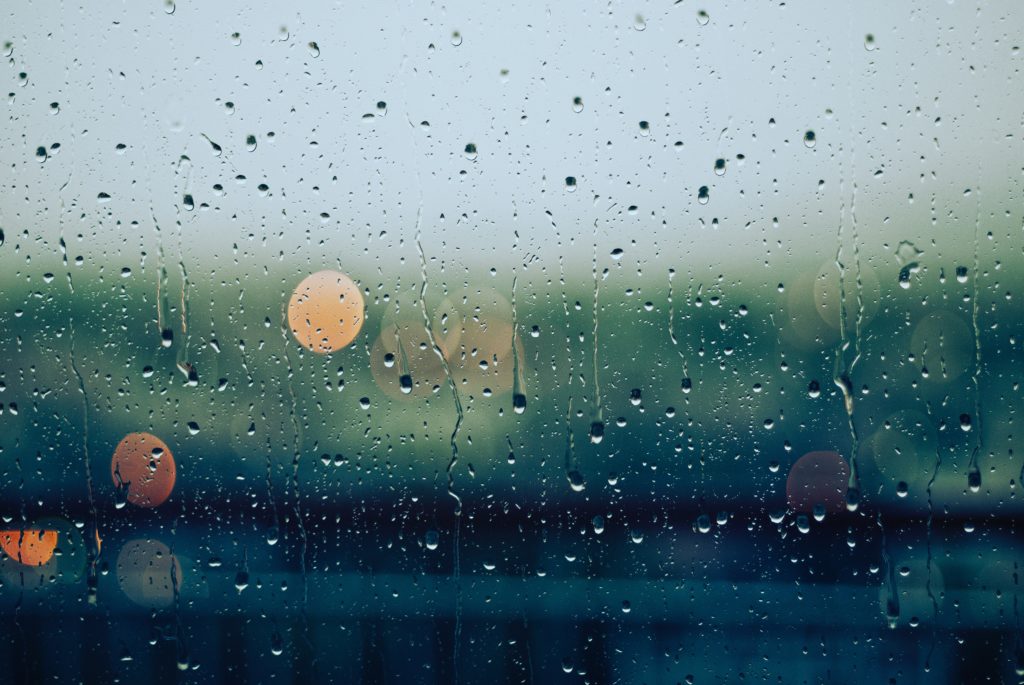Farmers and gardeners alike are throwing their wet hands up in the air this spring as it keeps raining and raining. We’ve all got so many transplants just waiting to get into the ground, so many projects put on hold, and so much store-bought produce and flowers at home when we really want to be growing our own.
What can we do in these wet conditions? I for one have been checking projects off of old to-do lists. Landscaping around borders, fixing and building fences, seeding in the greenhouse and potting up seedlings again and again, and mulching all my perennials.
Although it’s hard to resist the temptation, it’s imperative to not dive into your garden when it’s saturated with water! Here are some reminders for you this spring.

Let Your Soil Dry Out!
Soil is fragile. If you treat it right, with care and patience, you will be more than rewarded with towering, healthy crops. Too many of us get carried away with external factors – unseasonal, sunny weather, free time to get in the garden, a spring plant sale that comes too early. It is well worth your time to pay attention to what is going on in your ground, and get in there to work the soil only when it’s at a near-perfect moisture level.
The main reason for this lies in the precious air space in your soil. When it gets muddy and heavy, your footsteps, hands, and digging tools will only act to squish out that air space – leaving no room for roots to spread and grow. Conversely, if your soil is too dry and you work it, you run the risk of breaking up aggregates that have formed, and turning your once-chunky tilth into dust.
To test if your soil is right for working, grab a handful of it, squeeze it into a ball, release your fingers, and see if the ball shape remains. If it quickly turned into a solid mass, it’s still too wet!
If it instead forms a loose ball, that easily breaks apart when you toss it lightly in the air and catch it again, it’s perfect and ready to be planted. Aim for this sweet spot for any of your gardening tasks – whether digging or transplanting. Otherwise, wait and avoid one of the most common gardening mistakes out there.

Mulch Early And Often
I’m looking around my wet field and thinking ‘if I had only mulched more of this last year, I’d be in much better shape right now’. As we know, there are many reasons to mulch around plants and gardens. Mulch prevents weeds, it retains moisture, it keeps the soil cool, and it can help create a thriving soil microbial ecosystem as it slowly breaks down.
The goal is to mulch as soon as you plant. Last fall I planted about ten hydrangeas that were the first of many more to come. They were planted just below a short fence where they’ll get some shade, and have ample space in front of them for other, shorter shade-loving plants. My plan was just to get a few in the ground, leave it un-mulched and come back later to plant the rest.
BUT… of course I let the remainder of the project go unfinished. The area sat there, untouched, for months, waiting until I next got some spare time to finish it. I know that even though the area wasn’t finished, it would have been in my best interest to mulch it at planting time, either with a 4” layer of straw or wood chips. Instead, the area grew weeds, the bare soil surface quickly lost moisture to the air and rain to runoff, and lonesome unprotected plants were left to blend in and get stepped on. If I had mulched it, the soil would be protected, spring weeds will be kept at bay, and all I would have had to do is rake back the mulch and plant more when I have time. But of course I didn’t finish the project, so the soil sat there, bare, for the winter. Not the best practice to follow. But it sure gives me job security now, and a project for today.
Let this be a reminder that it’s never too late to finish projects, even if you’re kicking yourself for not doing them sooner. What projects can you circle back to this month in the wet winter aftermath?


 Family
Family

